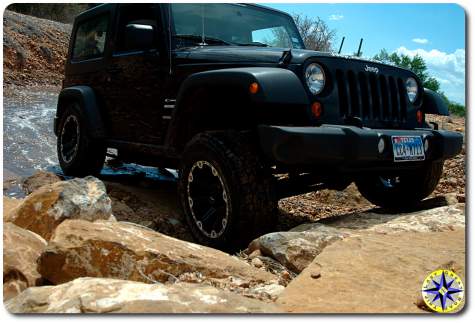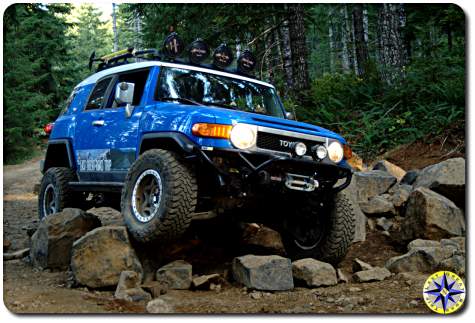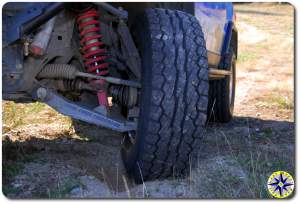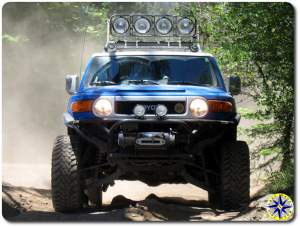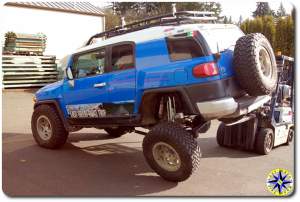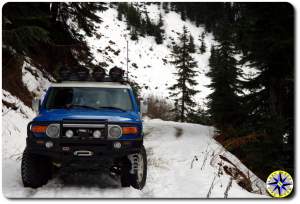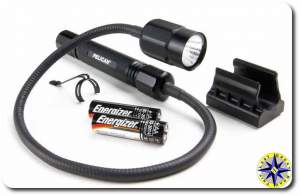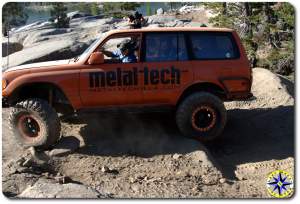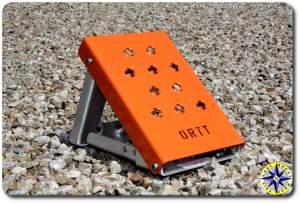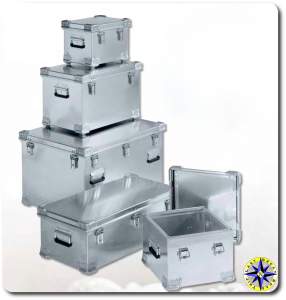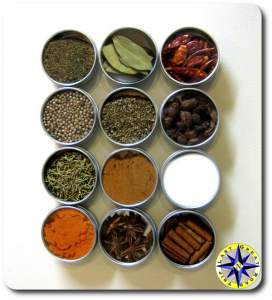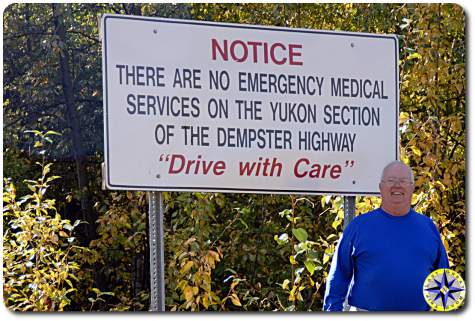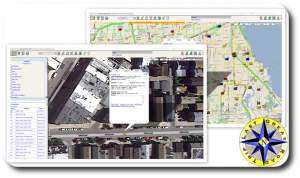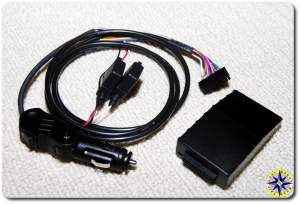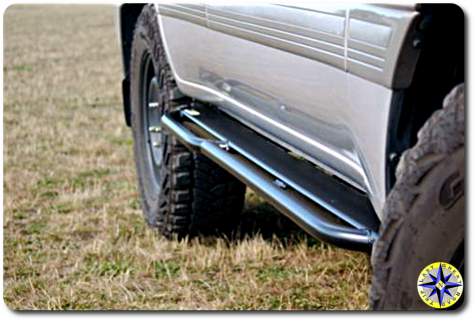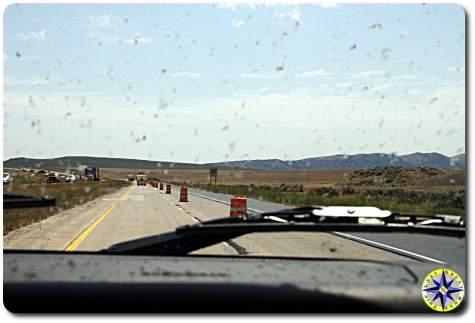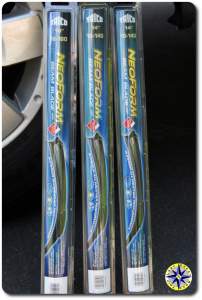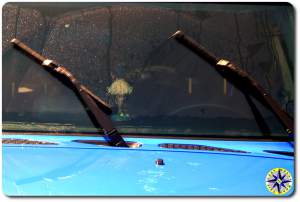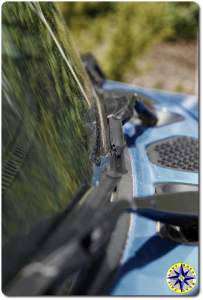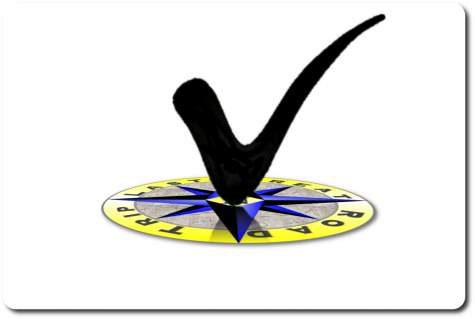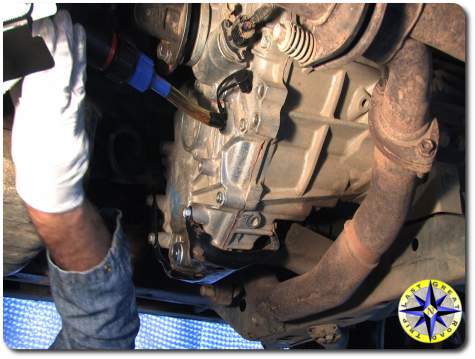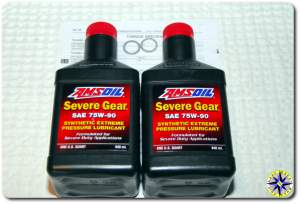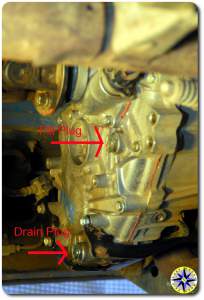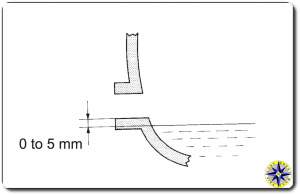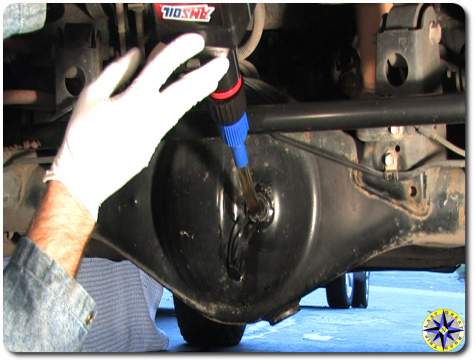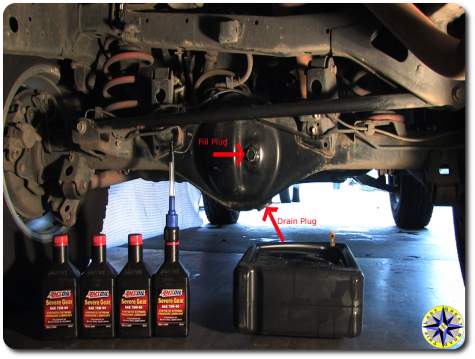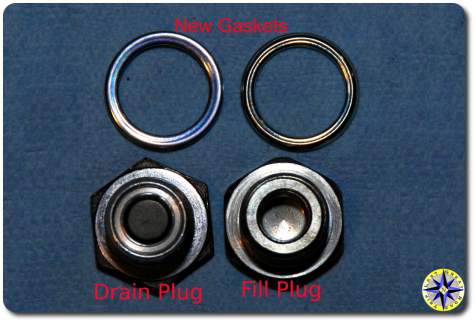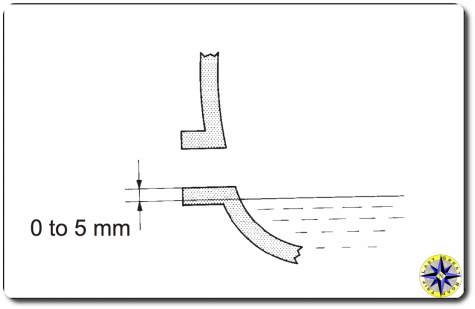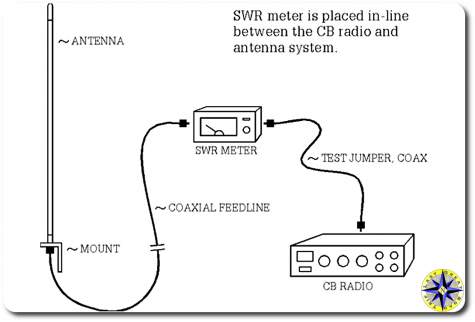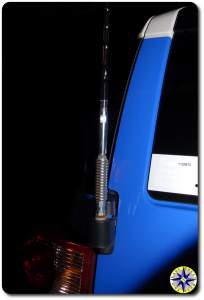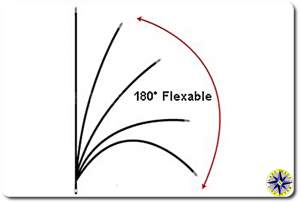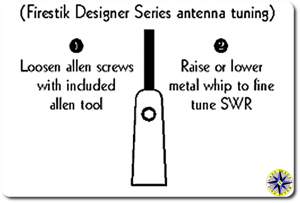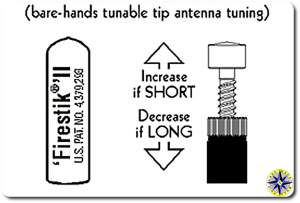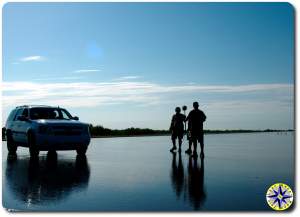 Cooper Tire’s ride-n-drive event is an opportunity for the media to test all terrain tires and see how they behave in tough conditions. In this case, we’d be testing Cooper Tire’s DISCOVERER A/T3 and DISCOVERER S/T MAXX. Now remember this is a tire test, not a suspension or gearing test, so we did not get turned loose on a wild Rubicon Trail off-road adventure. We did get placed into situations that could demonstrate tire performance and handling.
Cooper Tire’s ride-n-drive event is an opportunity for the media to test all terrain tires and see how they behave in tough conditions. In this case, we’d be testing Cooper Tire’s DISCOVERER A/T3 and DISCOVERER S/T MAXX. Now remember this is a tire test, not a suspension or gearing test, so we did not get turned loose on a wild Rubicon Trail off-road adventure. We did get placed into situations that could demonstrate tire performance and handling.
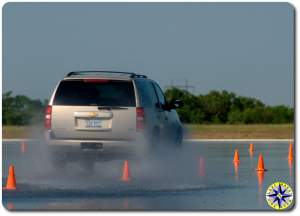 The first test placed us on a 14 acre wet vehicle dynamics area (skid pad to you and me) that tests how well tires behave under wet, slick conditions. We would be driving two rigs. One equipped with BFGoodrich T/A KO tires, while the second rig was equipped with DISCOVERER A/T3. The instructions were simple, drive the course out-lined by orange cones, complete a couple of laps remaining safely in control and see how fast you can comfortably complete the course. While driving, notice how the tires allow you to drive through the corners and brake without loosing traction. Of course you bring a bunch of gear-heads together and put up a lap time clock… Yeah there is a chance it may get competitive.
The first test placed us on a 14 acre wet vehicle dynamics area (skid pad to you and me) that tests how well tires behave under wet, slick conditions. We would be driving two rigs. One equipped with BFGoodrich T/A KO tires, while the second rig was equipped with DISCOVERER A/T3. The instructions were simple, drive the course out-lined by orange cones, complete a couple of laps remaining safely in control and see how fast you can comfortably complete the course. While driving, notice how the tires allow you to drive through the corners and brake without loosing traction. Of course you bring a bunch of gear-heads together and put up a lap time clock… Yeah there is a chance it may get competitive.
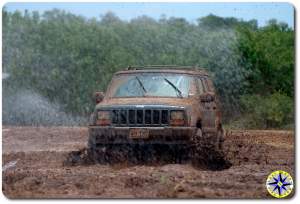 Driving around the course with the BF Goodrich, we could feel the rear cutting loose in the corners and the front wanting to push into the orange cones rather than track through the curve. With the DISCOVERER A/T3 at the same speed we were able to hold the corners better and maintain control…
Driving around the course with the BF Goodrich, we could feel the rear cutting loose in the corners and the front wanting to push into the orange cones rather than track through the curve. With the DISCOVERER A/T3 at the same speed we were able to hold the corners better and maintain control…
On the last corner… of the last lap… yeah we wanted to know what it was like to throw a rig into a turn, far exceeding the speeds conditions warranted… 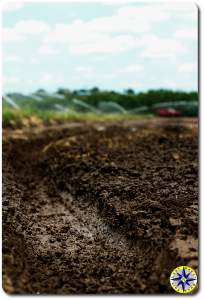 The resulting 360 degree spin that sent orange safety cones flying in all directions can only be described as heart pounding… Then after restarting the engine and driving into the staging area I could hear a voice call out… Nice, but that wont help your lap time!
The resulting 360 degree spin that sent orange safety cones flying in all directions can only be described as heart pounding… Then after restarting the engine and driving into the staging area I could hear a voice call out… Nice, but that wont help your lap time!
The mud field is one part Texas clay, three parts water and hundreds of yards long. I’m not a huge mud fan. On our off road adventures, mud is something separating you from where you want to go not the playground you’re heading too. That means having a tire that can drive smooth and stick to rocks but still clear mud and keep plowing forward when you have to cross the swamp to get to the other side. Climbing behind the wheel I aimed the rig straight, gave it a slow steady peddle and watched to see how it went. The tires kept going, they held their line without slipping around or spinning wildly. It was fairly effortless 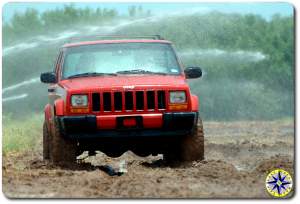 to remain on target down the length of the mud field without getting bogged down. Of course it was fun to watch the mud fly as other drivers got into the mud with a little more gusto. Although the driver will remain nameless… if you want to watch professional videographers cringe, driver hard and fast at them through the mud, turn sharp at the last minute and send a wall of mud flying directly at ten’s of thousands of dollars of video equipment… But the shot that results…. priceless.
to remain on target down the length of the mud field without getting bogged down. Of course it was fun to watch the mud fly as other drivers got into the mud with a little more gusto. Although the driver will remain nameless… if you want to watch professional videographers cringe, driver hard and fast at them through the mud, turn sharp at the last minute and send a wall of mud flying directly at ten’s of thousands of dollars of video equipment… But the shot that results…. priceless.
http://youtu.be/d6H1y08KMo4
Place a dozen little fountains atop a 30 degree concrete incline and you can find out how well tires hold when gravity is working against you. One lane of smooth concrete (think garage floor), another grooved concrete and a third lane with exposed softball sized rocks. Driving up the hill at a snails pace the tires crawled up the smooth surface without slipping or spinning. Over the rocks, the DISCOVERERs reached from rock to rock biting into them and motored the rig up. Then on the grooved surface they never missed a beat, even when we came to a complete stop half way up. The DISCOVERERs allowed us to easily regain forward momentum.
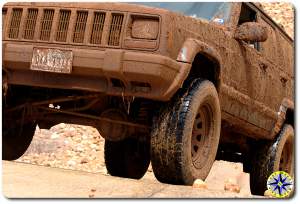 A question we had was around sidewall strength. On an off road adventure, a tire’s sidewall takes a lot of abuse: airing up and down, carrying extra weight and the ever present rocks reaching out to cut them open. Ali showed us the v-groove area where they test sidewalls. The v-groove’s width means as they drive a rig through it, the sidewalls of the tire are carrying the weight of the rig. They will spend hours driving back and forth to see how the sidewalls hold up.
A question we had was around sidewall strength. On an off road adventure, a tire’s sidewall takes a lot of abuse: airing up and down, carrying extra weight and the ever present rocks reaching out to cut them open. Ali showed us the v-groove area where they test sidewalls. The v-groove’s width means as they drive a rig through it, the sidewalls of the tire are carrying the weight of the rig. They will spend hours driving back and forth to see how the sidewalls hold up.
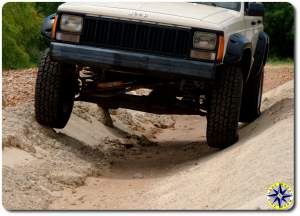 After completing a day behind the wheel, we learned that the DISCOVERER tire is capable of taking you through the mud, can climb steep inclines and keep it’s manners on wet roads. With any luck we’ll have a chance to strap a set of DISCOVERER ST Maxx to our rig and taking them through one of our adventures and give you a long term report.
After completing a day behind the wheel, we learned that the DISCOVERER tire is capable of taking you through the mud, can climb steep inclines and keep it’s manners on wet roads. With any luck we’ll have a chance to strap a set of DISCOVERER ST Maxx to our rig and taking them through one of our adventures and give you a long term report.
Want more pictures from the event? Check out our photo spread in this July’s FJC Magazine.
And what do you think about our comment in their video… Too Much?

